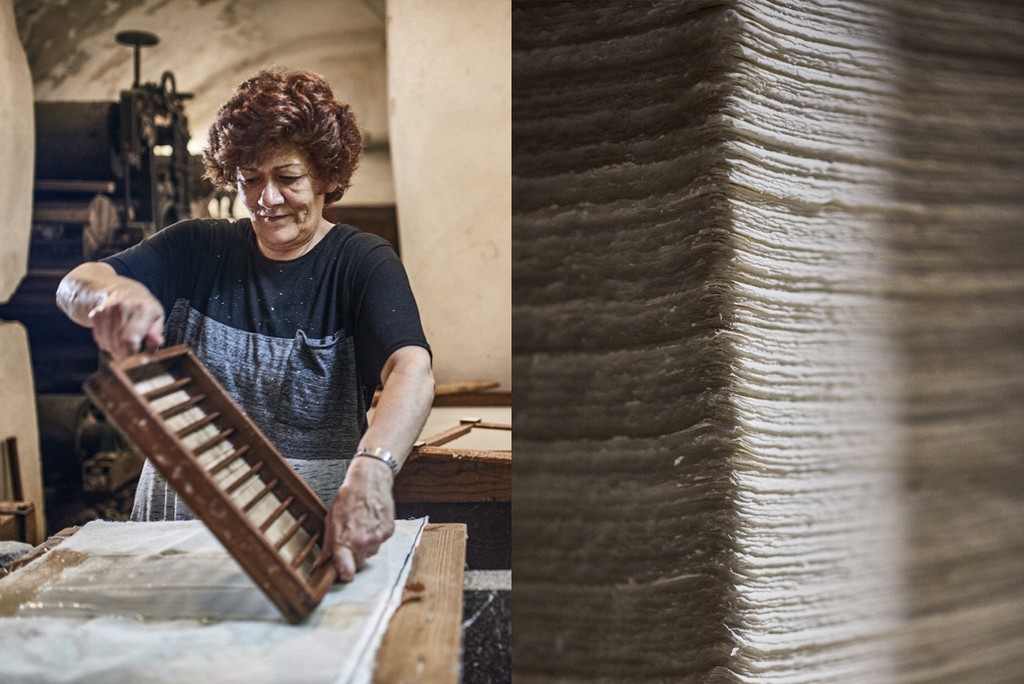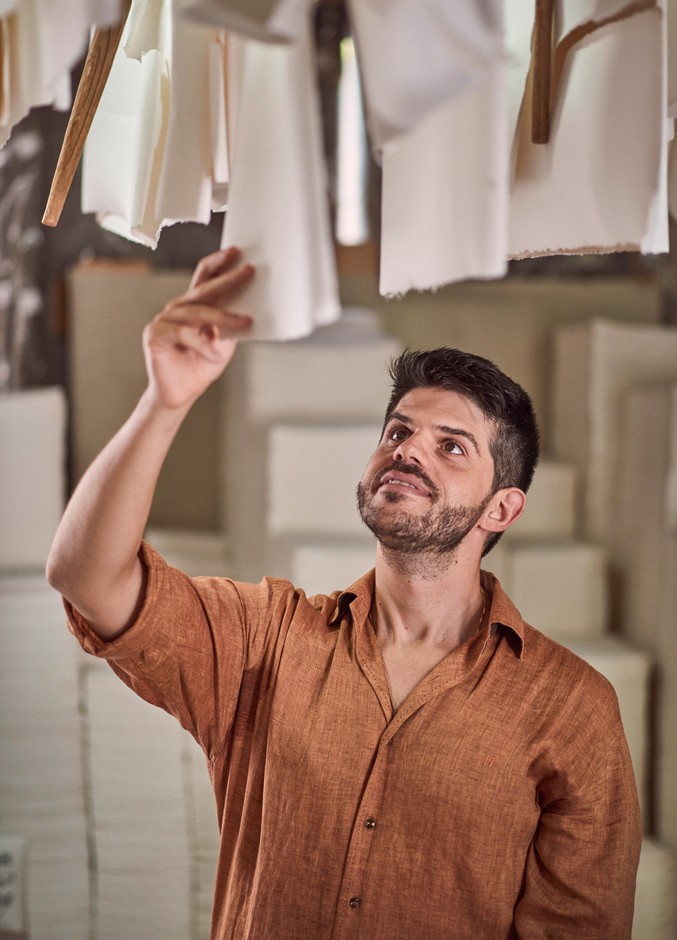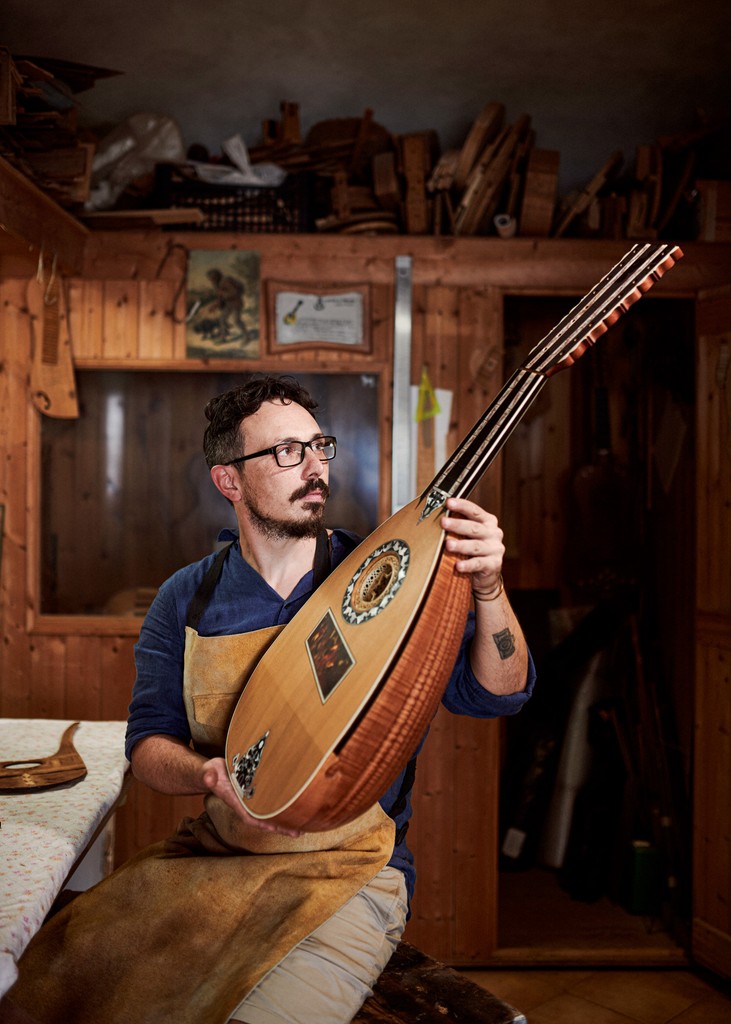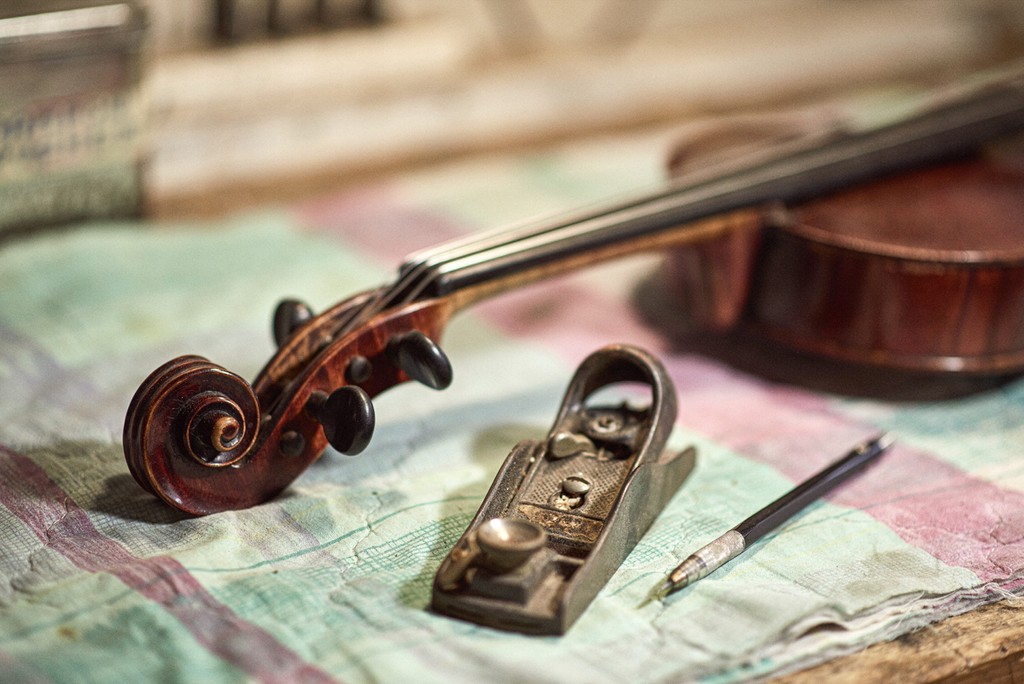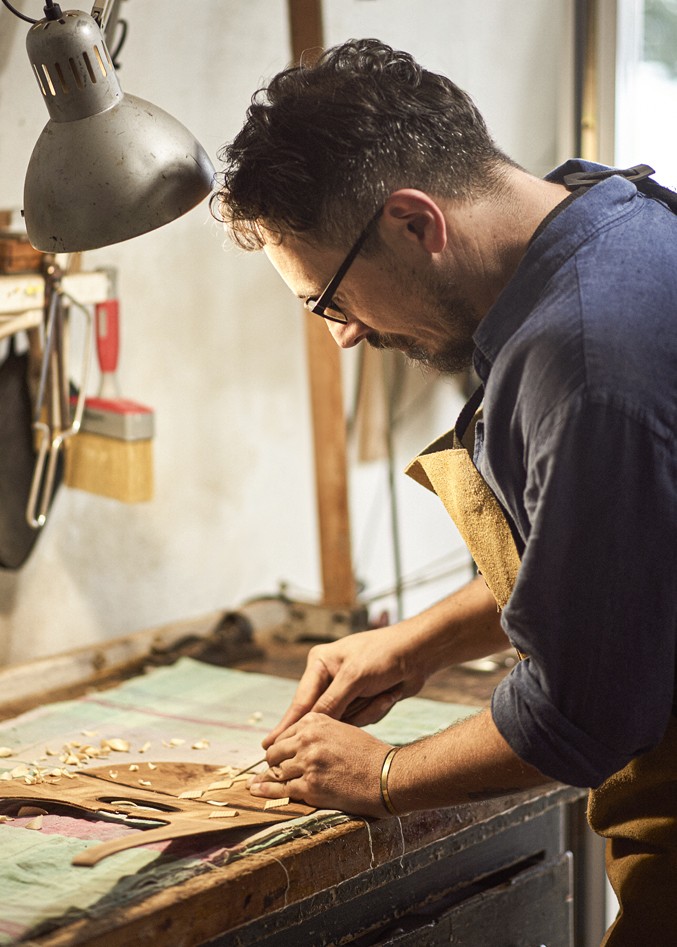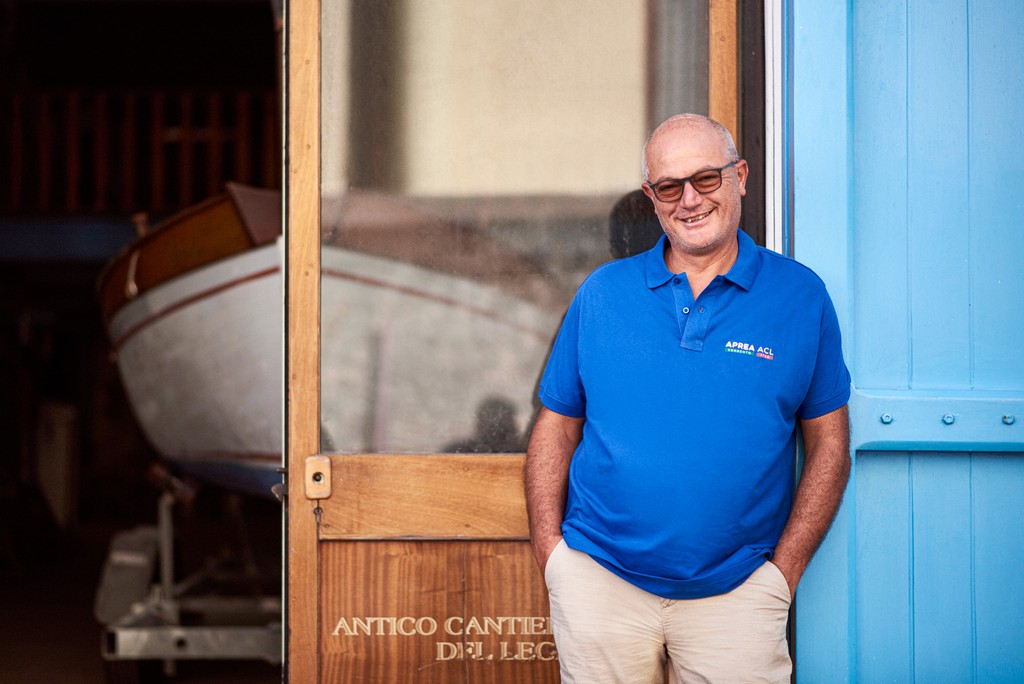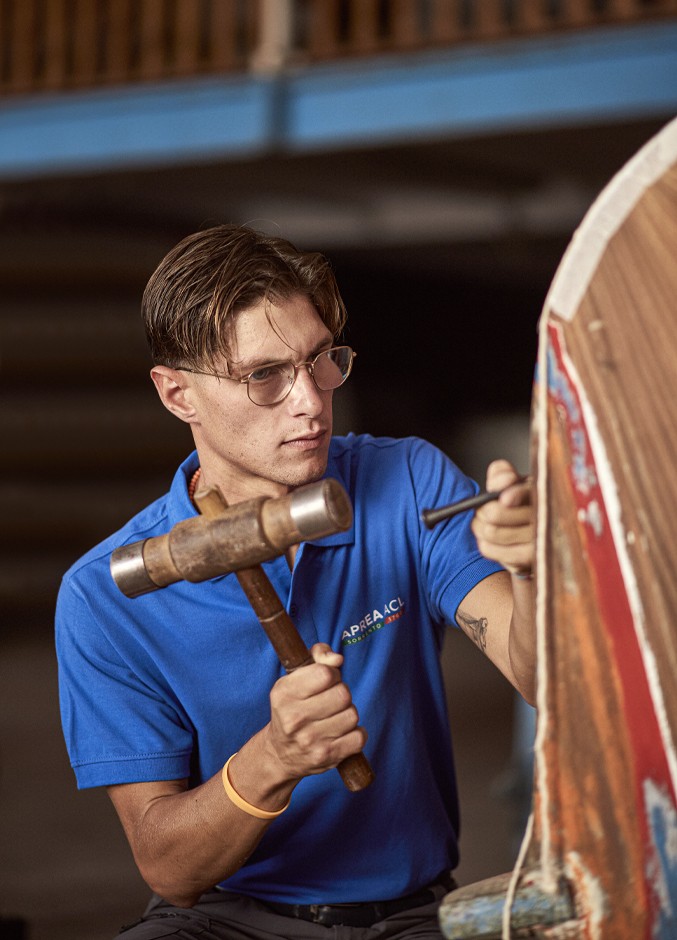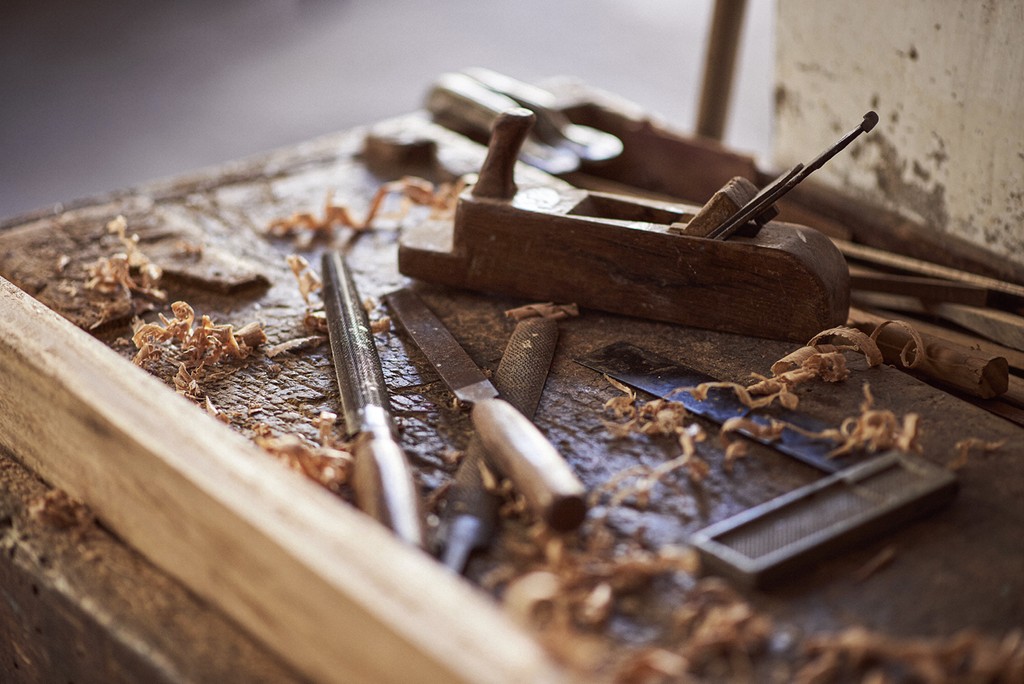The history of craftsmanship on Italy’s Amalfi Coast runs deep, and the community of artisans who work there exude dedication, perseverance, and challenger spirit.
Words Nik Berg / Images Rama Knight
Across 60km of winding roads, the sinewy strada statale 163 Amalfitana (SS163), known colloquially as the Amalfi Drive, connects the southern Italian towns of Sorrento and Amalfi. Originally built by the Romans and restored in the 1830s, it now provides dramatic views of the Tyrrhenian Sea to the millions of visitors enjoying the balmy climate – temperatures regularly tick over 30°C – each year. This arterial thoroughfare is more than just a local landmark; it’s also an essential piece of infrastructure that connects over a dozen coastal towns and their hardworking communities.
Yet these zigzag roads, with perfect pastel-hued houses and lemon groves lining the hills, are just the backdrop to my journey. I’m making tracks with the Mazda CX-60 to discover a specific local community that, due to coastal topography and throngs of visitors each year, has been vital to the region for centuries, and to discover how it is maintaining tradition while meeting the demands of an increasingly digital future.
WATCH: The Mazda CX-60 explores the Amalfi Coast
Each artisan relies on craftsmanship that has been passed down from generation to generation, just as Mazda does with its own Takumi artisans in Japan. These skills are no better exemplified than in the cabin of the Mazda CX-60, with its beautifully intricate stitching and carefully curated materials. It’s certainly a calming influence as I navigate the car between shop fronts and souvenir seekers.
High above the town of Amalfi and built into the hillside is the Amatruda paper mill. Paper has been made in the region since the 13th century and, at its peak, some 15 different mills were in production, serving the local community. Today only Amatruda remains, thanks to the determination of Luigi Amatruda and his family. In the 1970s, he had the vision to go back to the business’s roots and recreate a hand-made medieval-style paper that allowed the business to survive and, indeed, thrive.
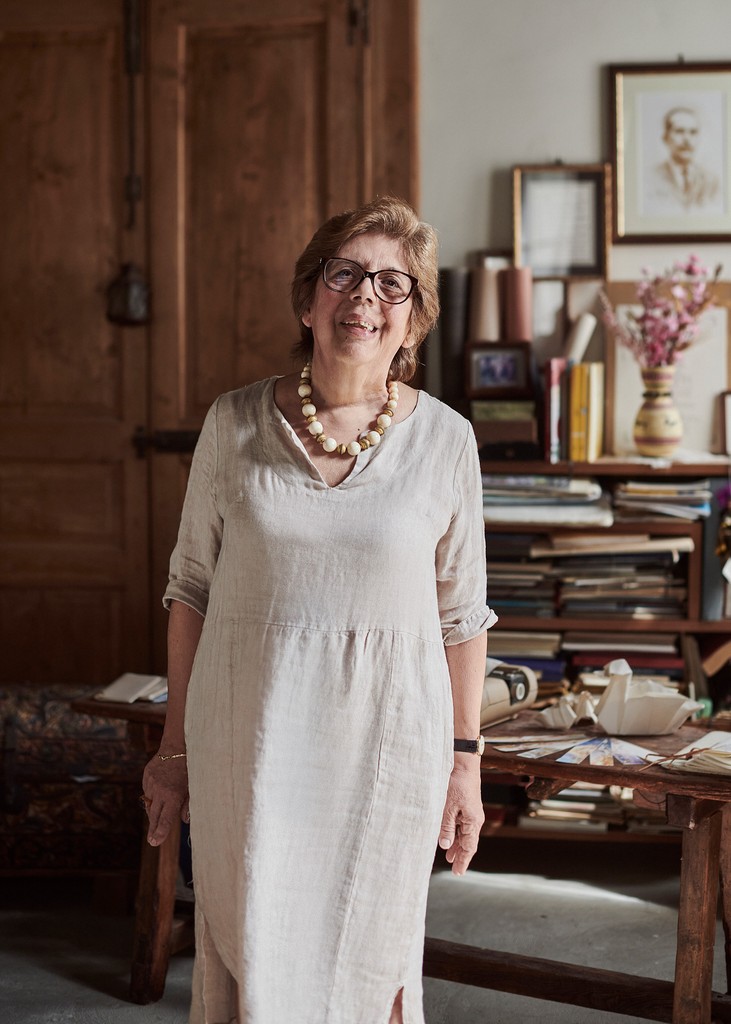
Having created hand-made paper for generations, Amatruda is now spearheaded by Antonietta Amatruda.
“The result is a rich, textured paper, thick and wonderfully tactile with rough edges.”
“The paper mill is still in business only because my father Luigi returned to the past to be able to face the future by reproducing a valuable type of paper that is used today for writing and art publishing,” explains Antonietta Amatruda.
It’s a painstaking process that begins with the raw materials of Forest Stewardship Council-approved cellulose from Sweden and organic cotton fibres from Spain being mixed in a 400-year-old stone churn, powered directly by a waterfall that runs through the mill. Vegetable-based glue is added, and then single sheets are hand-made by dipping a wood and metal frame into the mixture. Each sheet dries for 20 days before being pressed for two further days. Only then will it be inspected for quality by one of Amatruda’s experts. The result is a rich, textured paper, thick and wonderfully tactile, with rough edges created by the unique drying process.





